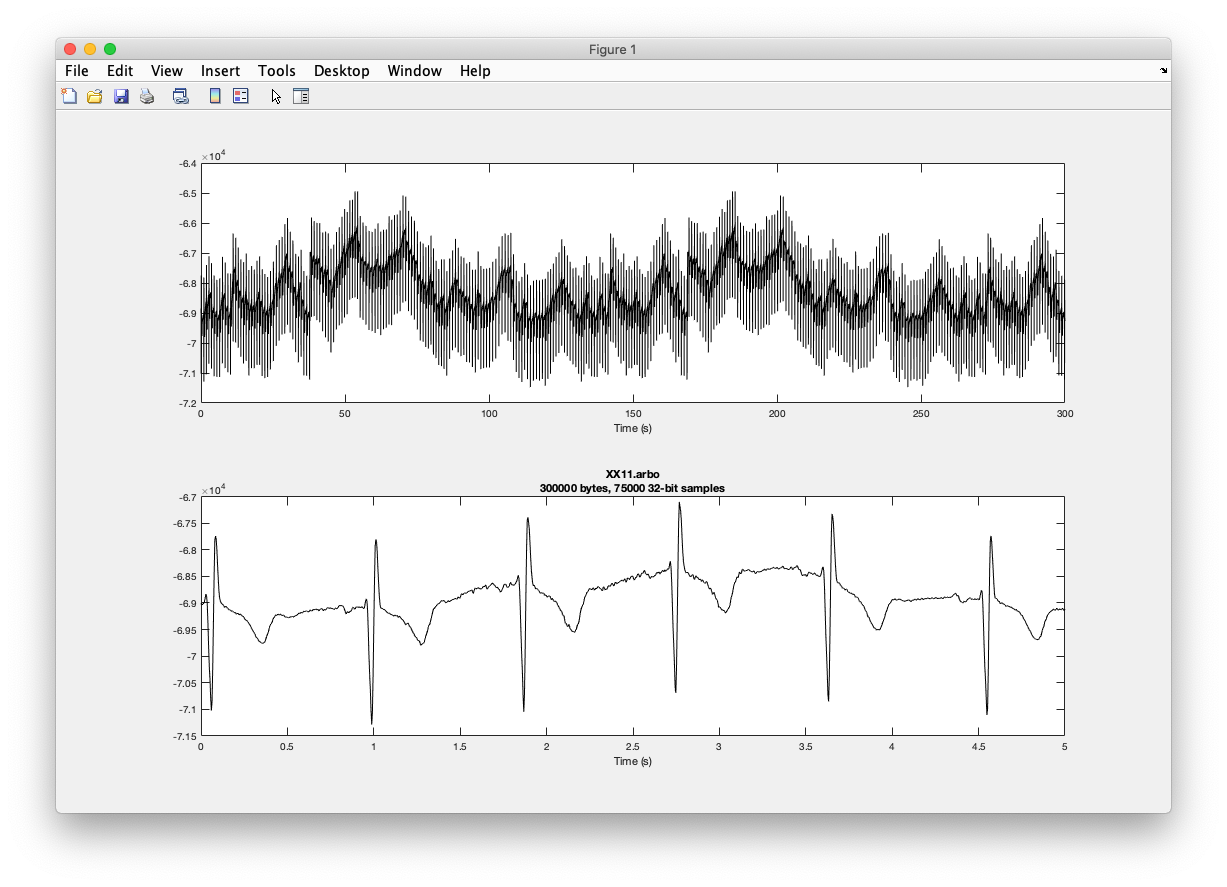We are performing some recordings while an animal is under anesthesia using the ADS129x family. Line noise is not expected to be a problem (everything is on battery in our surgery suite). My question is how I should approach using the BIAS, if at all? I have been recording my own cardiac rhythms using simple TEMS pads, but no matter what configuration I use I have a huge DC bias in my signal. I thought the RLD was supposed to counter that? If I don't expect line noise, could I drop the RLD altogether and would I just leave the animal's body "floating"? My circuit is below. Thanks!
-
Ask a related question
What is a related question?A related question is a question created from another question. When the related question is created, it will be automatically linked to the original question.




